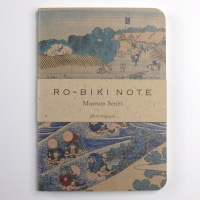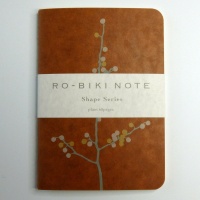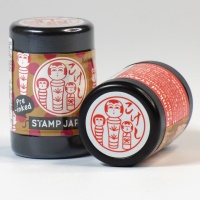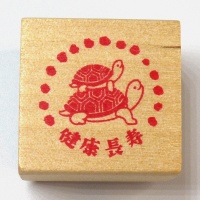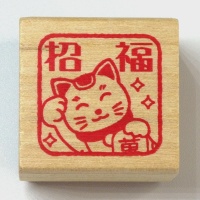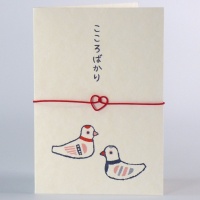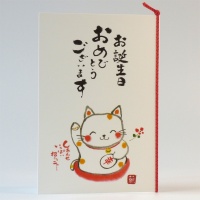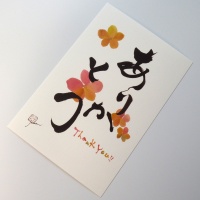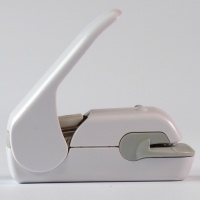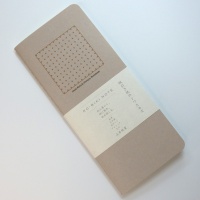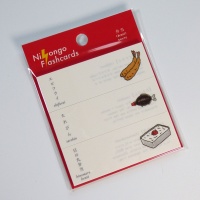When I’m in Japan, I’m always struck by the array of beautiful and useful stationery items available in department stores, general goods stores such as Muji and specialist shops.
As a stationery and paper addict myself, I’m absolutely in my element and find it hard to resist packing my suitcase with notebooks, pens, stickers and countless other fantastic and fascinating items.
It seems to me that Japan is one of the few countries in the world that still has a deep love of physical stationery and, although being a hi-tech modern society, still makes handwritten notes, drawings, doodles, schedules and plans using pens, pencils and brushes on pieces of paper.
Cultural significance and history
In modern Japan, the appreciation for beautiful stationery certainly does go beyond mere functionality; it is deeply ingrained in the cultural ethos. Stationery is not just a tool for communication but also an expression of one's identity, taste and respect for tradition. Stationery in Japan embodies meticulous attention to detail, exquisite design and a commitment to quality and craftsmanship that is appreciated both at home and around the world.
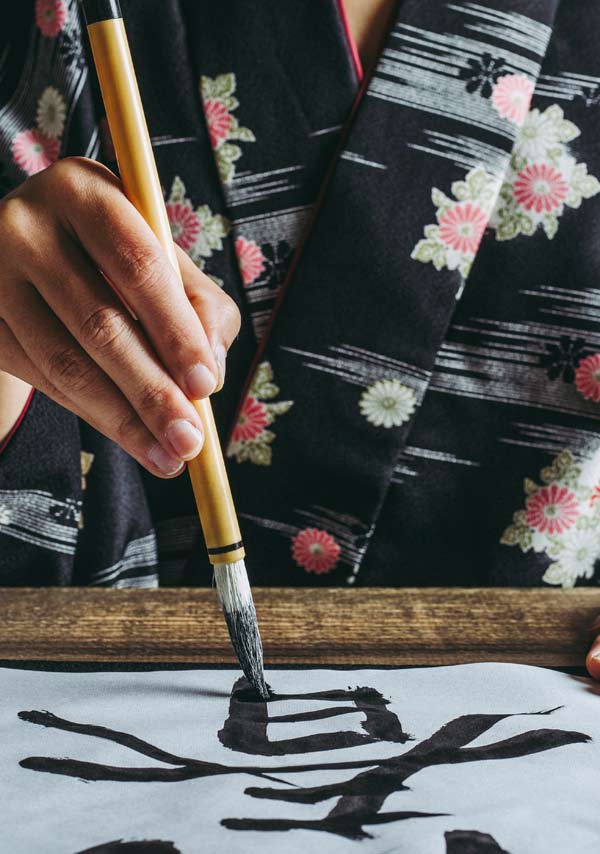
This deep significance can be traced back to centuries-old traditions of calligraphy and papermaking. From the elegant strokes of a brush on Japanese ‘washi’ paper to the intricate patterns adorning envelopes, each piece of writing material carries a sense of artistry and heritage.
Beyond its artistic significance, stationery also plays an important role in social etiquette and gift-giving rituals in Japan. Exchanging beautifully wrapped gifts with prettily decorated cards is a customary practice, symbolizing thoughtfulness, gratitude and respect for the recipient.
Whether it's a handwritten letter, a personalized notebook or a delicately crafted fountain pen, Japanese stationery fosters meaningful connections and serves as a tangible expression of sincerity and mindfulness in a fast-paced digital age.
Global appeal of Japanese stationery
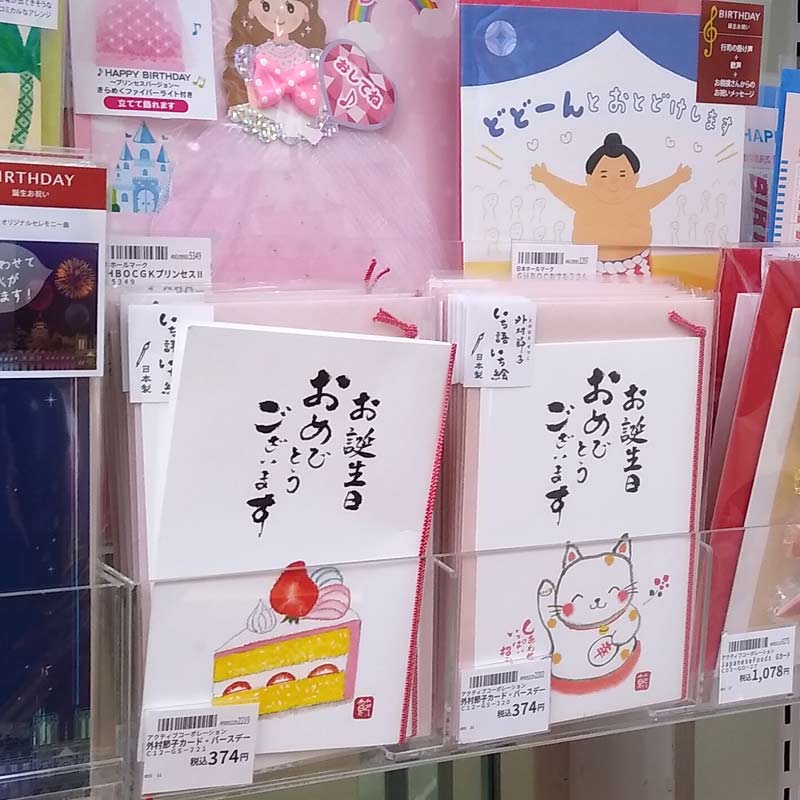
The popularity of Japanese stationery extends beyond domestic borders with enthusiasts around the world drawn to its charm and elegance.
From minimalist designs inspired by Zen philosophy to whimsical motifs, characters and symbols of traditional festivals, Japanese stationery embodies a fusion of modernity and tradition that resonates with people of all cultures.
As such, it’s truly a testament to the enduring allure of craftsmanship, culture and human connection that is appreciated by people everywhere.
A writing system that demands consideration
The value of handwriting and beautiful stationery in Japan is closely connected to the Japanese writing system, which is composed of kanji, hiragana and katakana. These characters are not just functional symbols; they carry deep aesthetic and cultural significance which influences the way they are written and used.
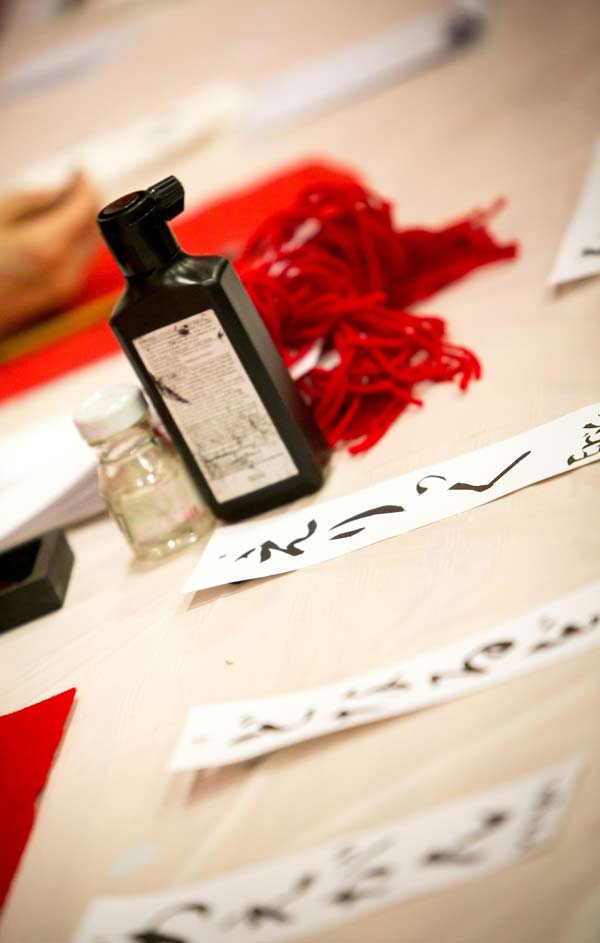
Kanji, with its intricate and complex characters, inherently encourages careful and deliberate writing. Each kanji character can convey rich meanings and nuances, making the act of writing them a form of art. The visual complexity and elegance of kanji can transform a simple note into a work of art, where each stroke contributes to the overall beauty and meaning of the message. This intrinsic beauty of the characters themselves elevates the importance of handwriting and the medium on which it is presented.
Hiragana and katakana, while simpler than kanji, also have their own aesthetic qualities. Hiragana's flowing, cursive shapes and katakana's more angular forms add variety and visual interest to written Japanese.
The combination of these three writing systems allows for a rich visual tapestry that digital text cannot easily replicate.
The cultural emphasis on calligraphy (shodō) in Japan also underscores the connection between writing and art. Shodō using brushes and black sumi ink is a revered practice that highlights the beauty of each character and the skill required to write them elegantly. This reverence for the written word extends to everyday handwriting and stationery where even casual notes are often written with care and attention to form.
Many Japanese works of art include calligraphic script in a way you don’t really see in western art. The words are part of the artwork and add to its meaning and context.
In everyday life the use of beautiful stationery complements and enhances the aesthetic experience of writing by hand. High quality Japanese paper, finely crafted pens and thoughtful designs all contribute to making the act of writing a tactile and visually pleasing experience. Even simple post-its in Japan have a smoothness and high quality that makes them a pleasure to write on!
This attention to detail and quality reflects the broader Japanese cultural values of mindfulness, craftsmanship and respect for tradition.
A mindful expression of your thoughts
In a world that seems dominated by digital devices and instant communication, the careful art of writing by hand holds a special significance. Handwriting is not merely a utilitarian practice but a deliberate act of mindfulness and self-expression. It takes time and thought and mistakes are not so easily erased.
The process of putting pen to paper encourages a deeper connection with one's thoughts and emotions, fostering clarity, creativity and introspection.
In Japanese culture, handwritten notes embody a sense of sincerity and personal touch that cannot really be replicated by digital communication. Whether it's a heartfelt letter to a loved one, a thank-you card to express gratitude or a meticulously crafted to-do list, each handwritten note carries a unique essence of the sender's personality and intention.

Moreover, the act of writing by hand engages different cognitive processes compared to typing on a keyboard or tapping on a touchscreen. Studies have shown that handwriting stimulates neural pathways associated with memory retention and cognitive development, making it an effective tool for learning and self-expression. It’s actually good for you!
Beyond its cognitive benefits, handwritten notes also serve as tangible artefacts of human connection in an increasingly digital world where comments are so often lost in the timeline and passed over in the digital 'noise'. The texture of the paper, the flow of ink and the imperfections of handwriting imbue each note with a sense of warmth and authenticity that transcends what can be seen as the cold efficiency of digital communication.
In essence, the art of writing by hand and the use of beautiful stationery products in Japan represent a timeless tradition that celebrates the beauty of human connection. It points to the power of reflection and the importance of slowing down in a fast-paced world.
The value of handwritten script in Japan has led to a regard for beautiful paper and a desire for high quality writing implements, being deeply intertwined with the inherent aesthetic qualities of Japanese written characters. The traditional practice of Japanese ‘shodō’ calligraphy creates a unique and cherished tradition of handwritten communication that continues to be valued in modern Japan.
Whether it's a simple doodle, a poetic haiku or a heartfelt message, each handwritten note carries a piece of the writer's soul, creating a lasting impression that resonates far beyond the confines of the page.



